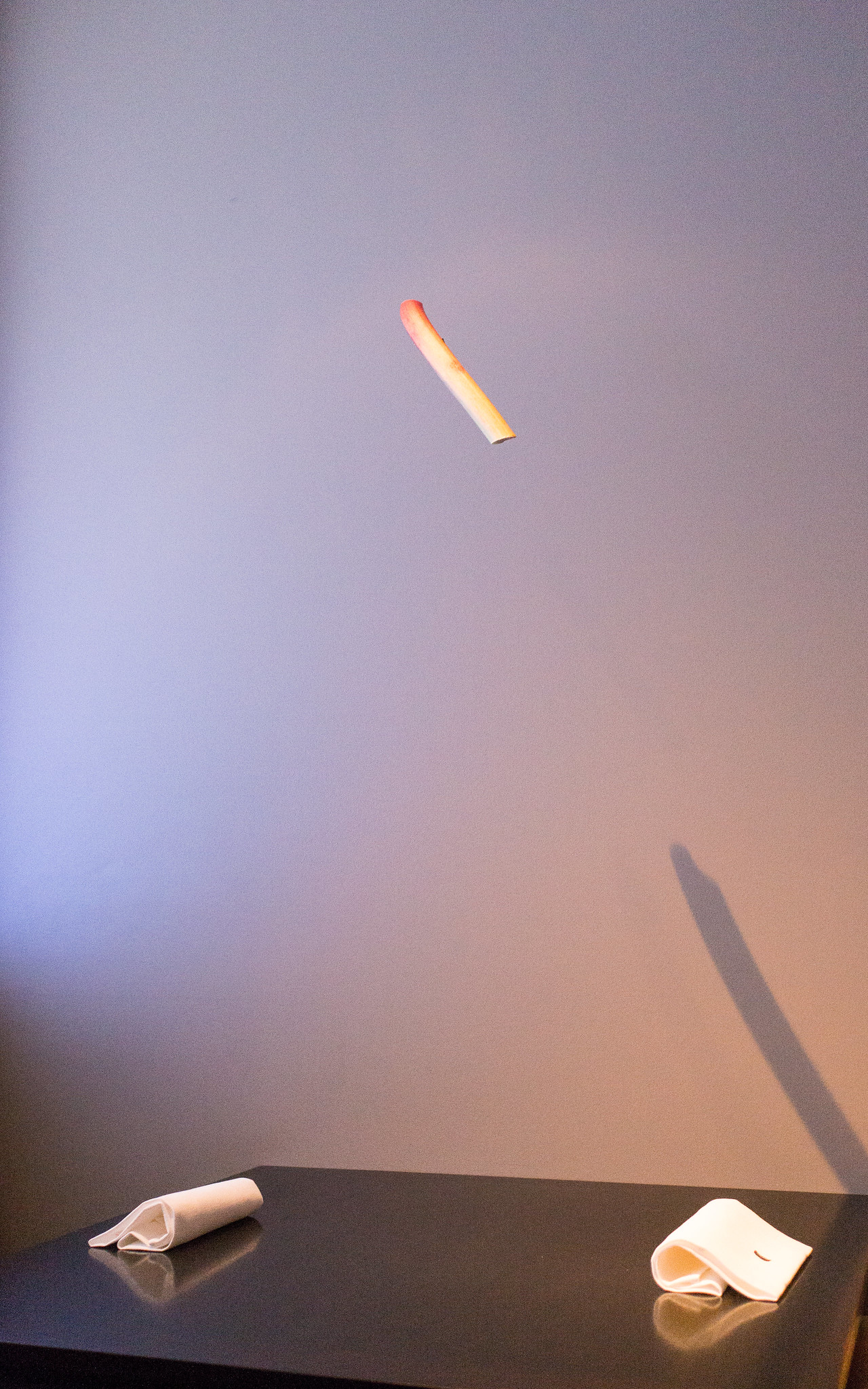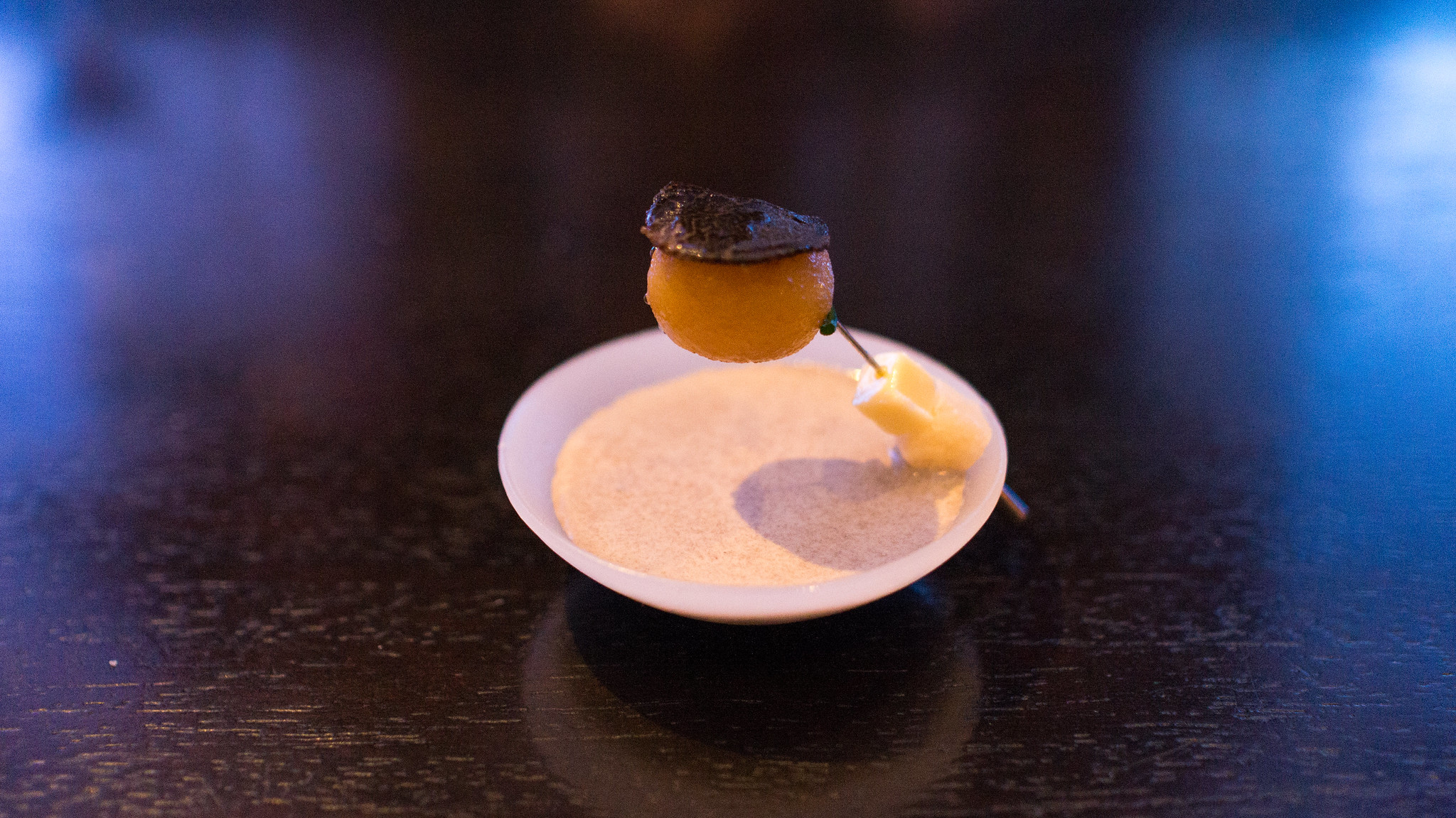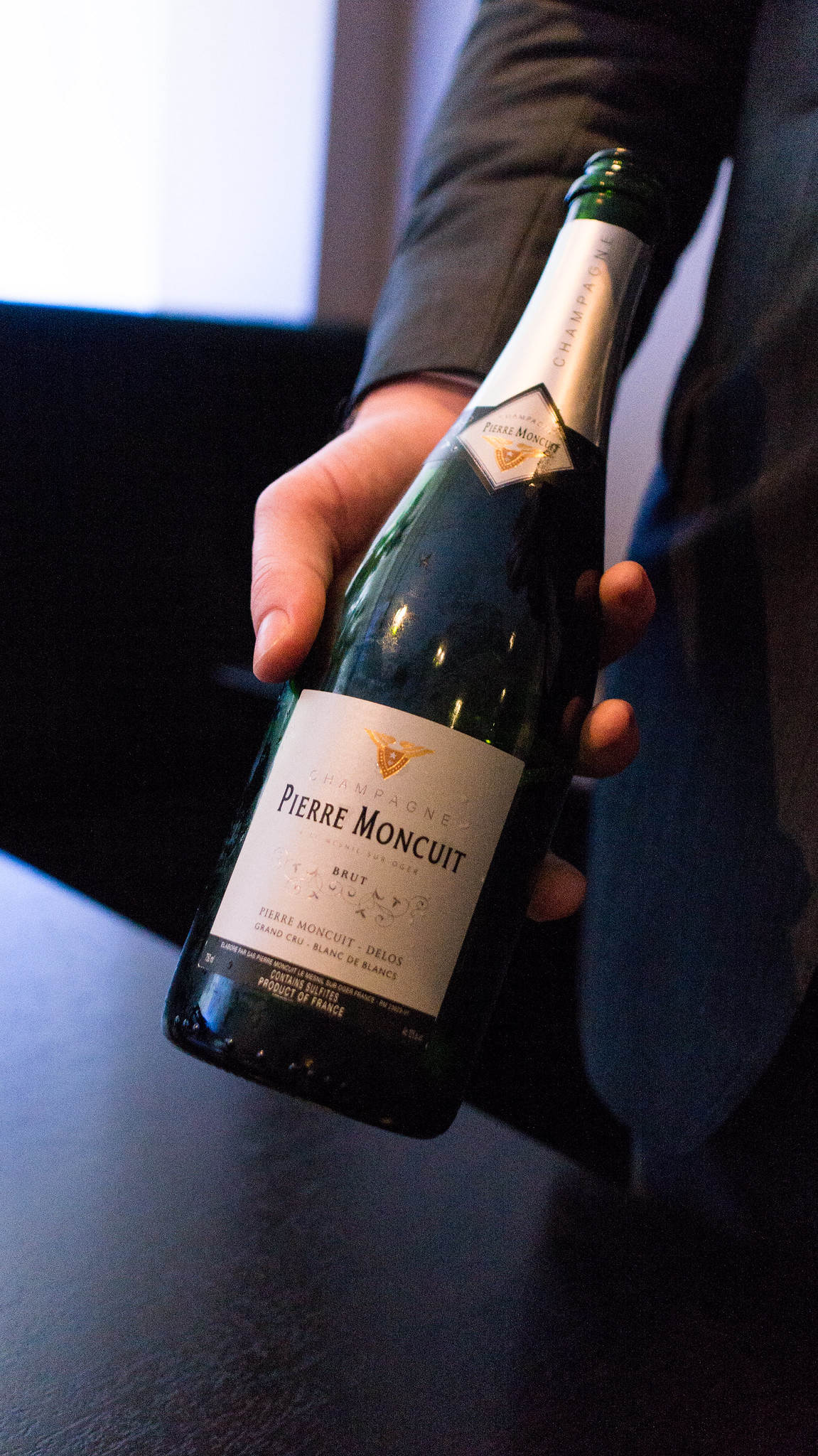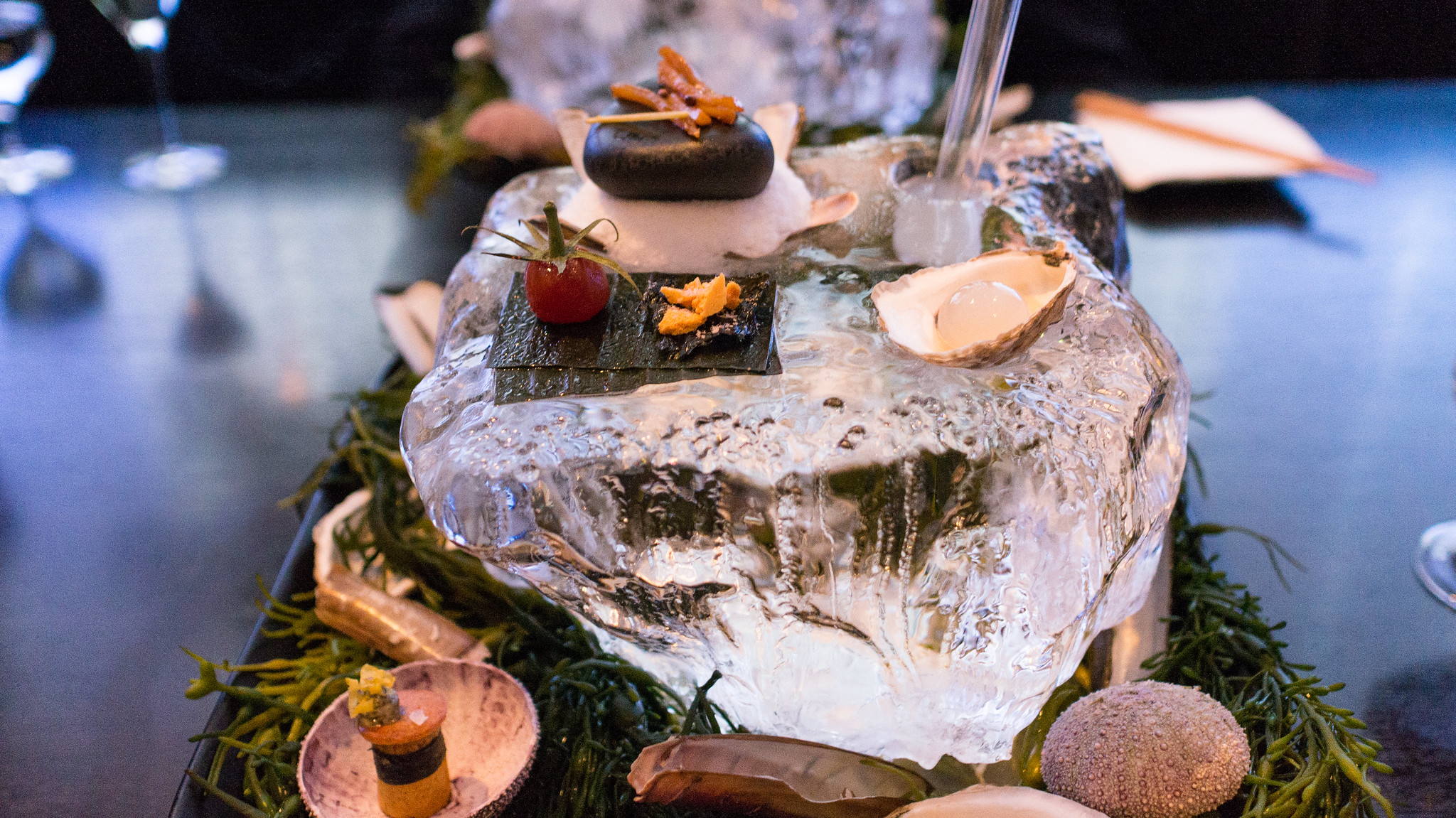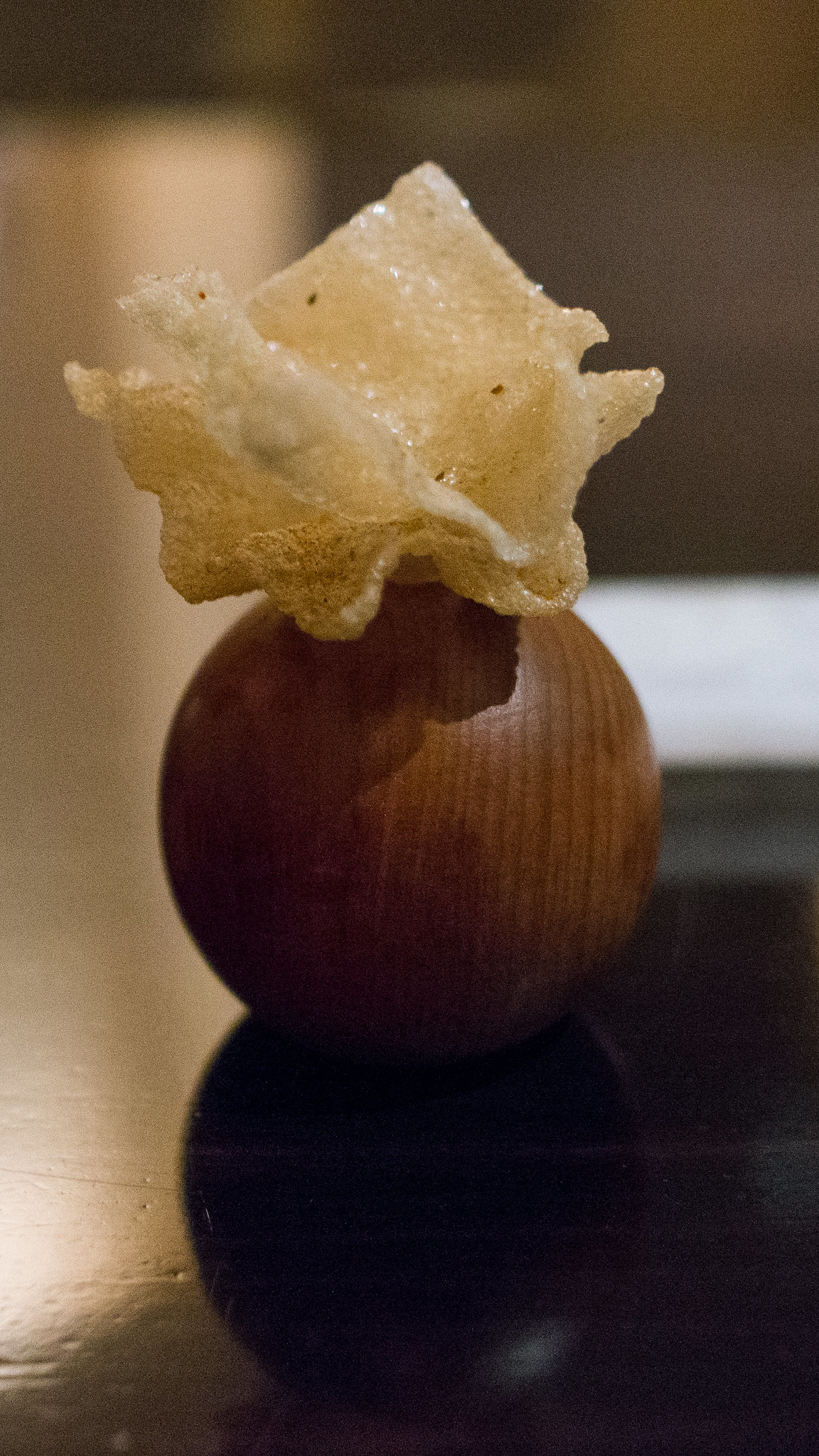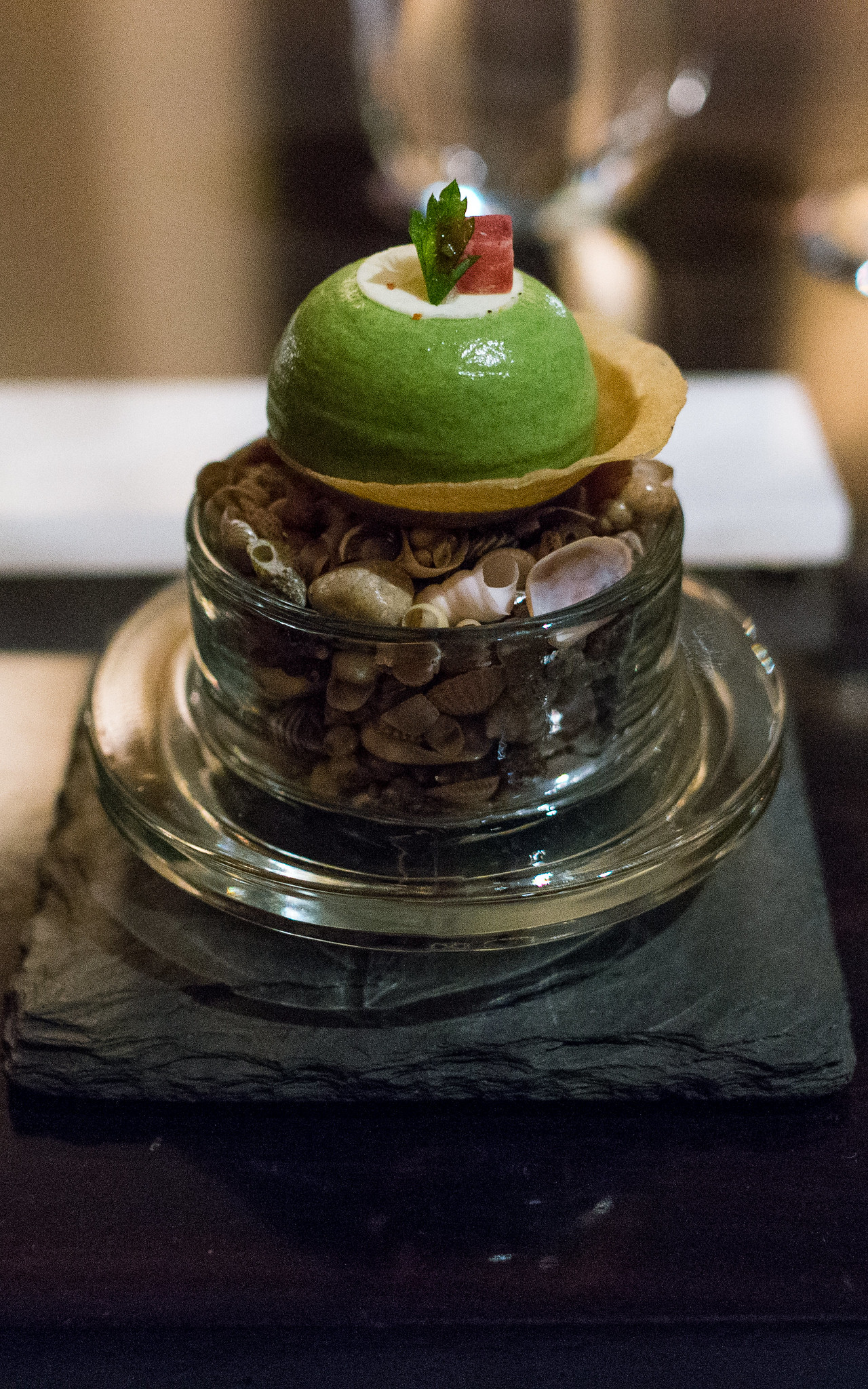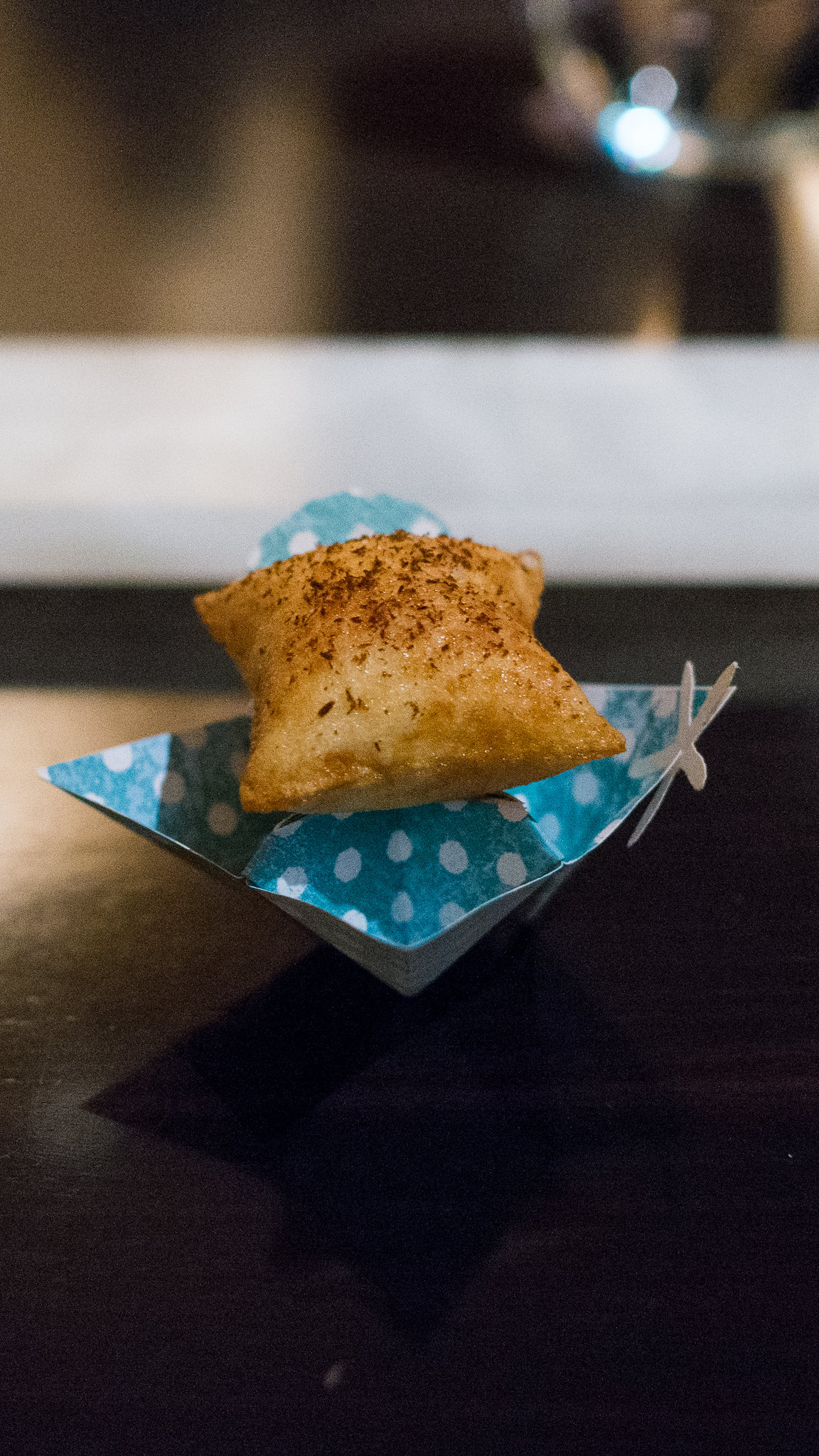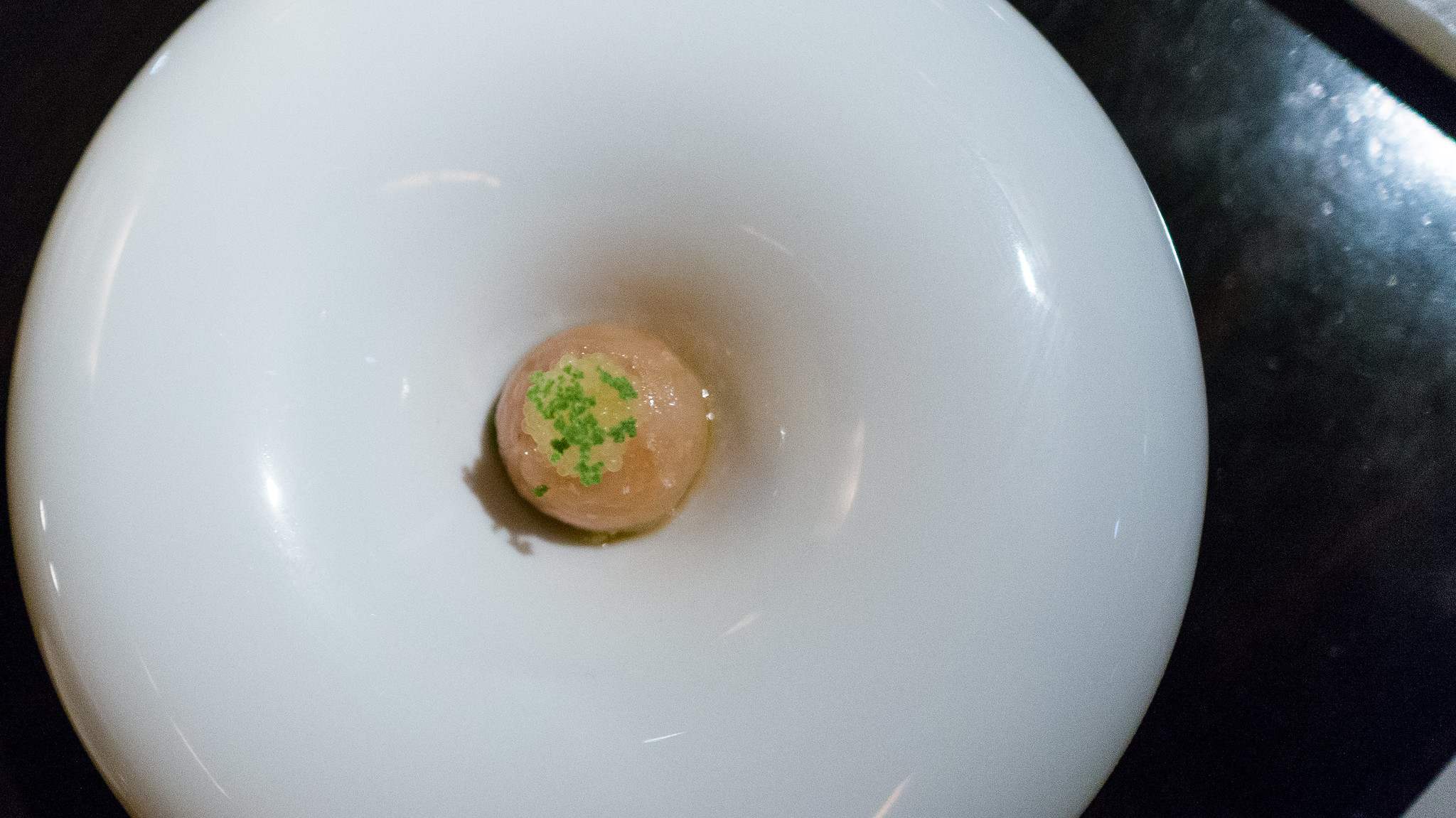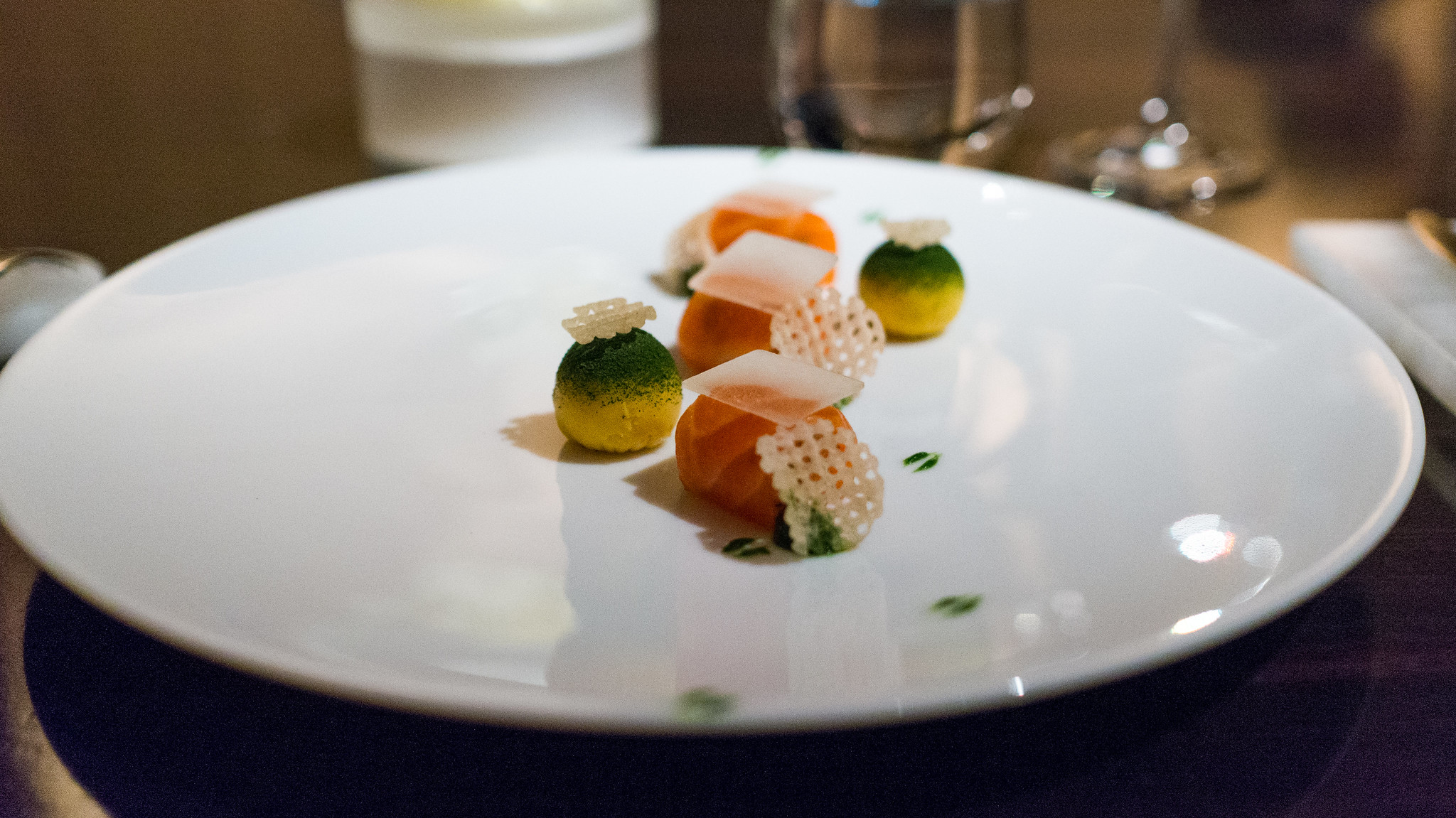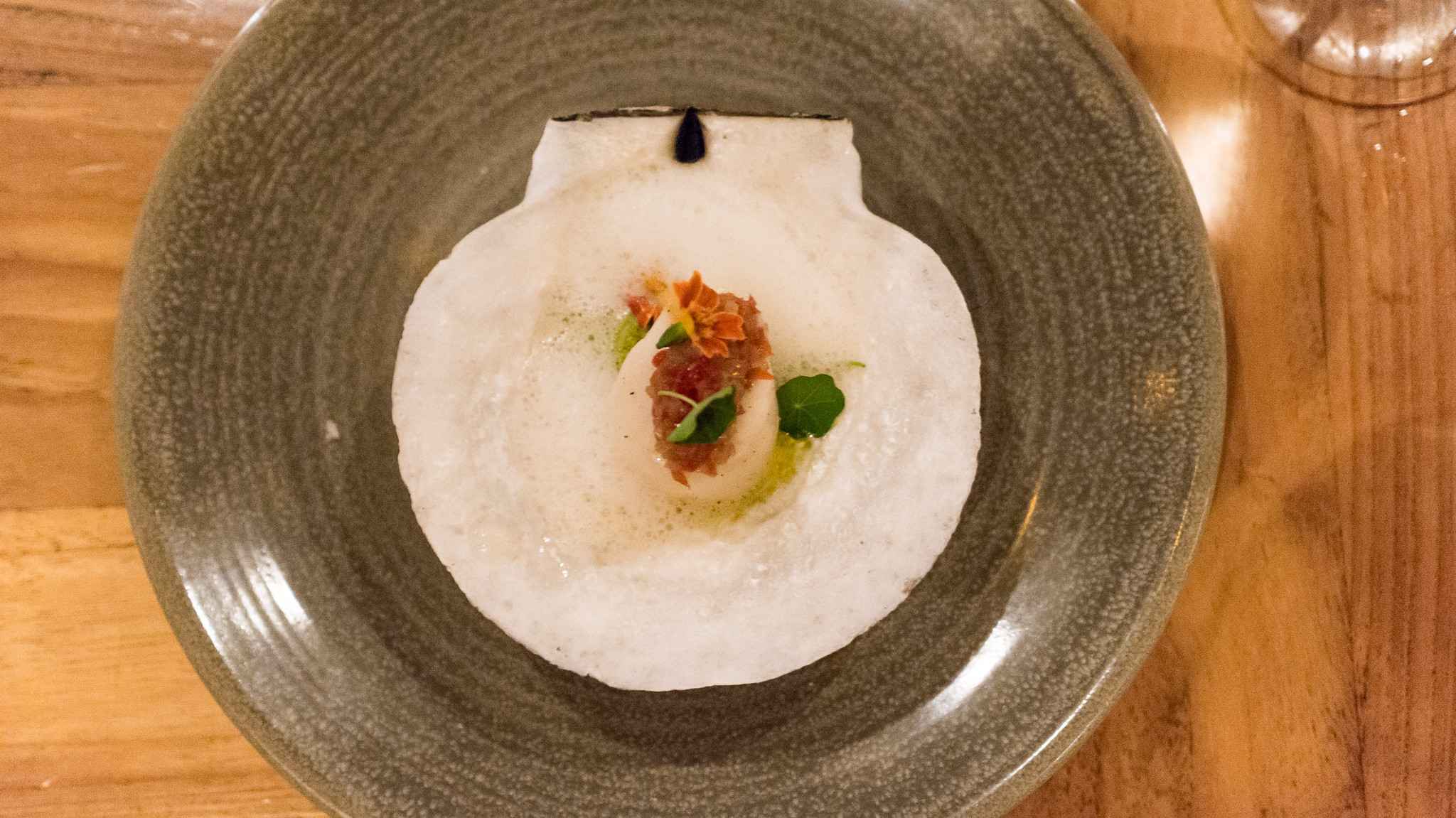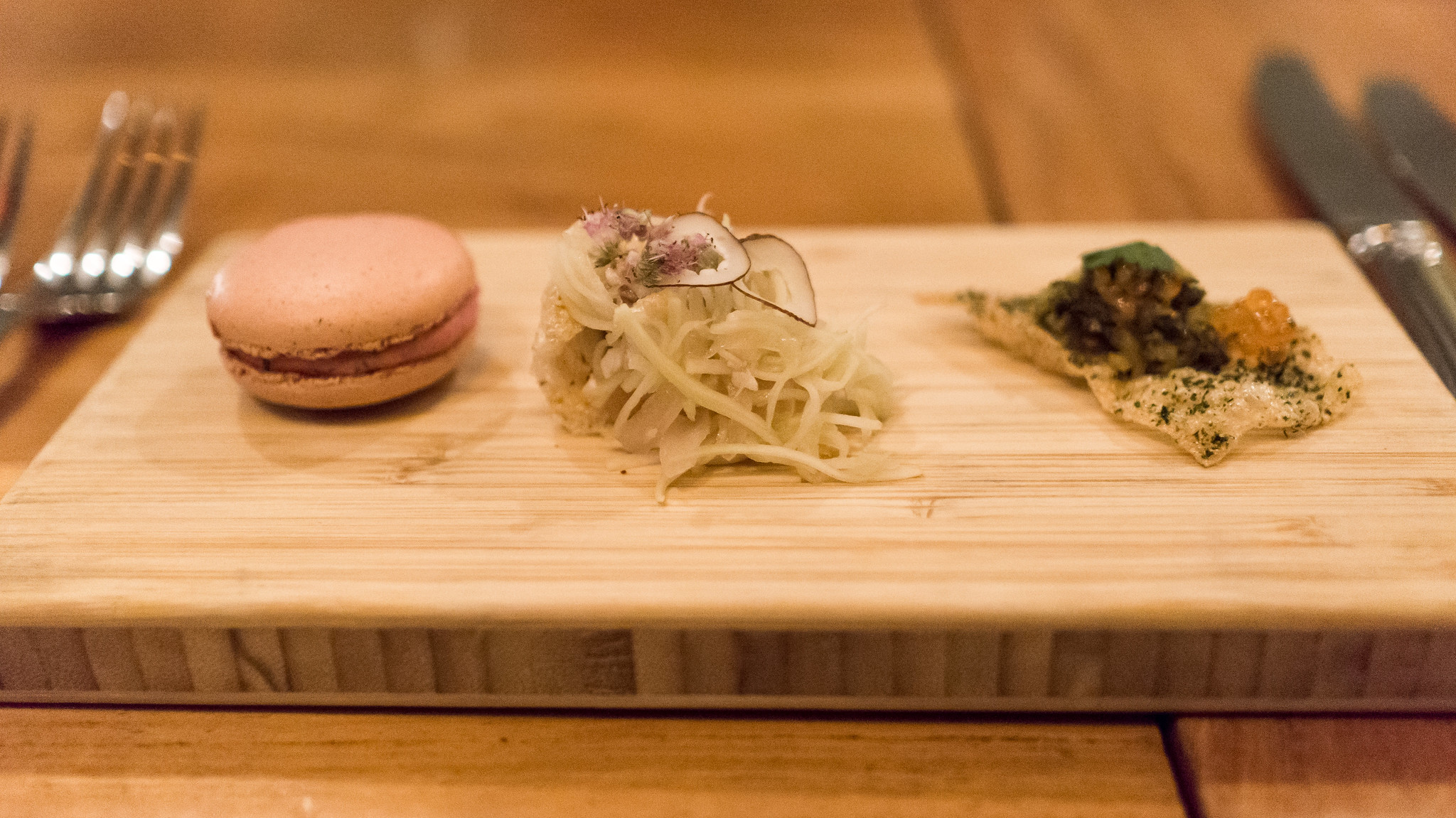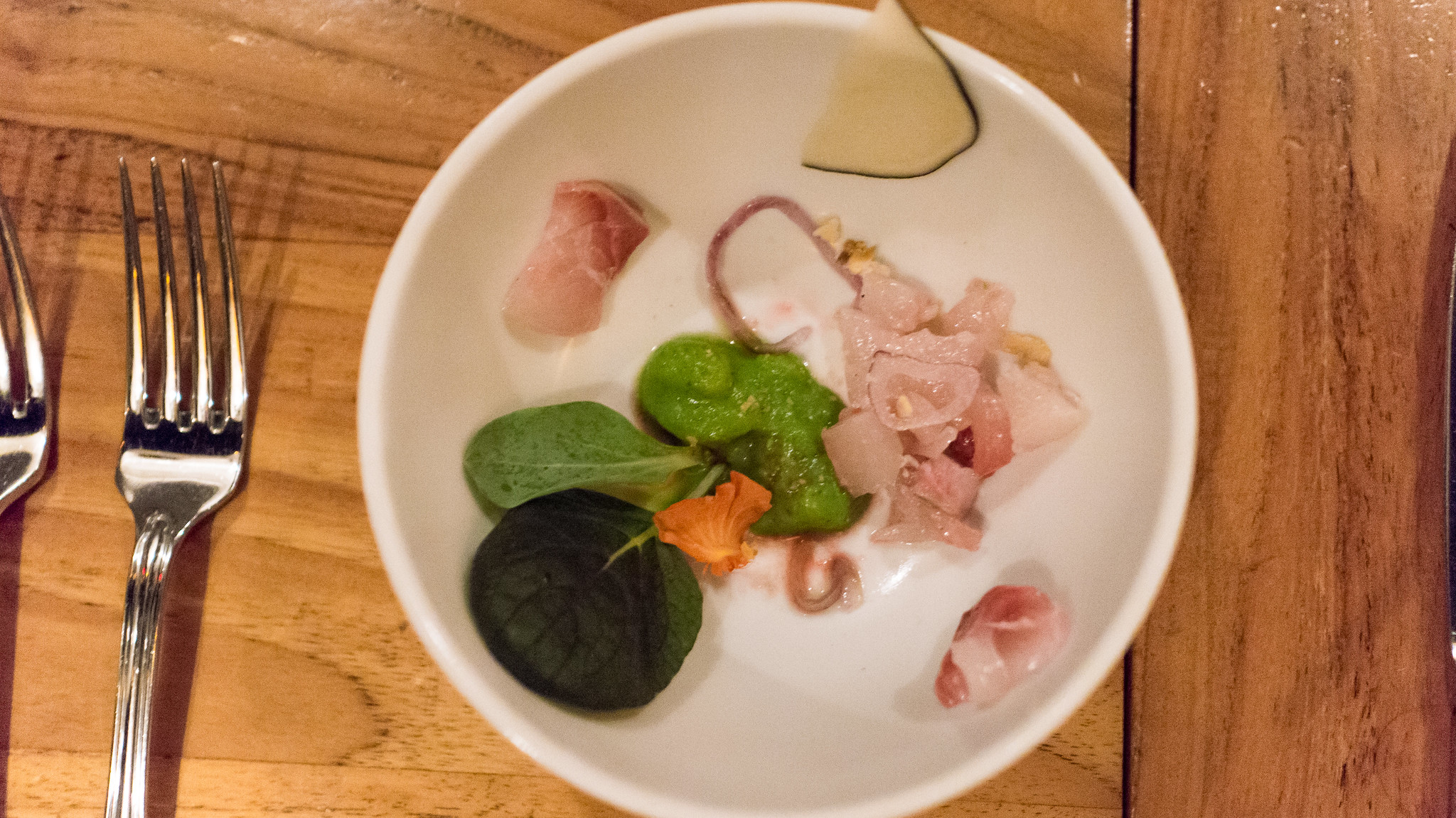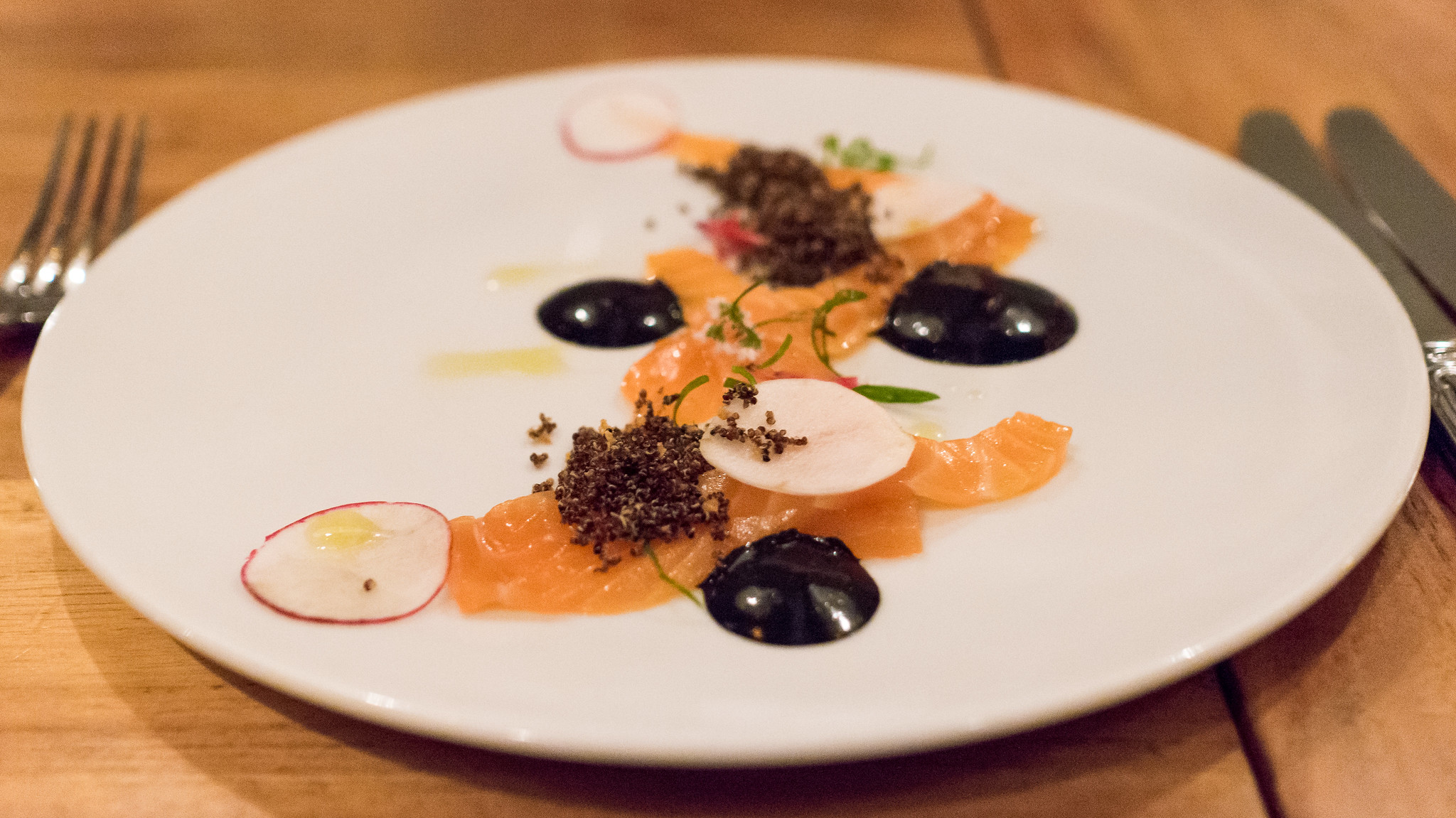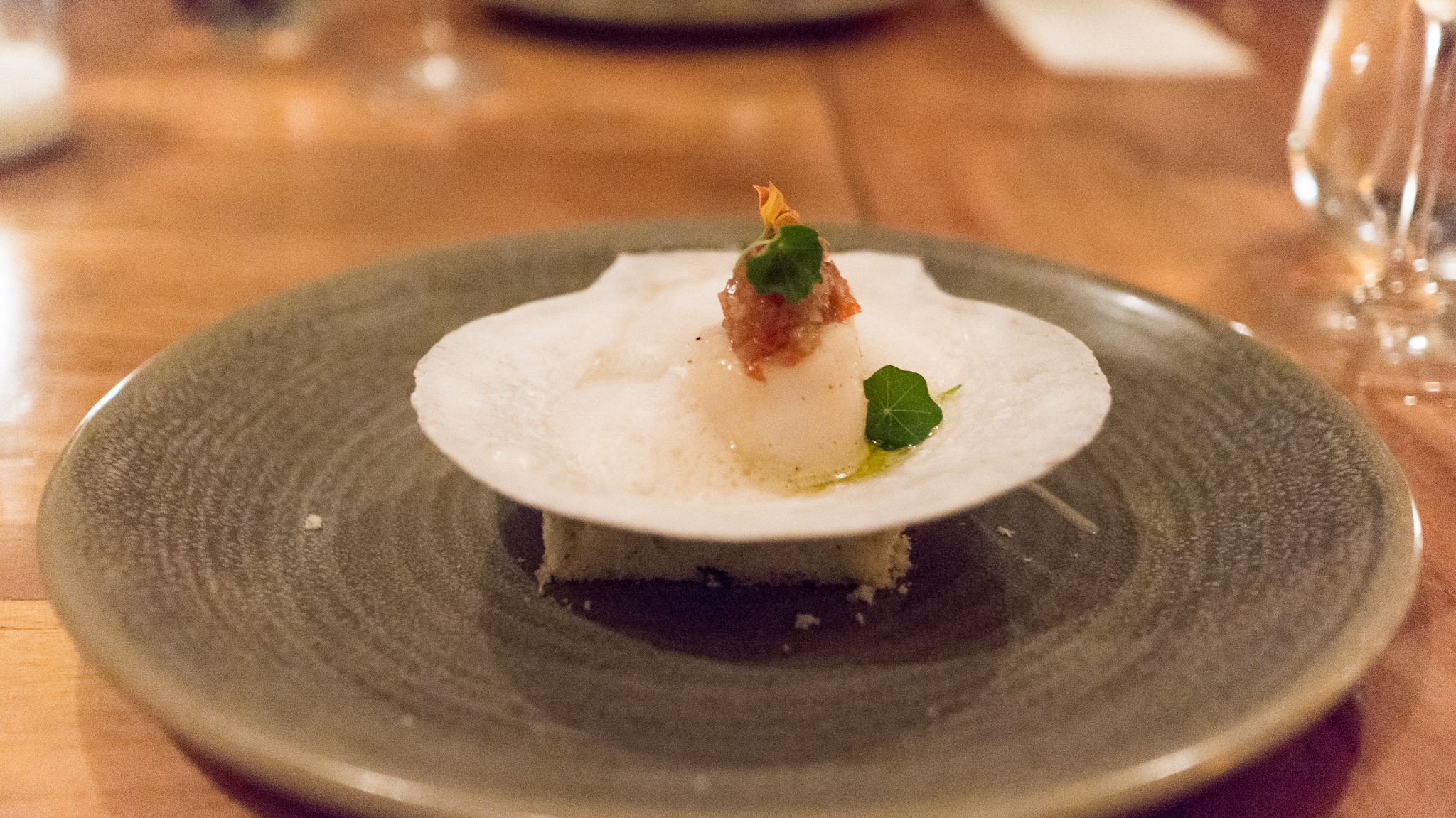Fast forward a couple thousand years, and recently Jeremiah Tower – one of the titans of the 1980's dining universe, who is returning to the business on a mission to resuscitate the Tavern on the Green – spoke with Andrew Friedman about the theater of dining at TOTG:
Friedman: When you say outrageous, what do you mean, for people who weren't there back in the day?So in a sense, what Alinea is doing is nothing new. But few contemporary restaurants I've visited have the same dedication to the theater of dinner.
Tower: Oh, I mean, my God. Oversized chandeliers and didn't he put live animals at one point for some party? It reminded me of the Ritz, a nouveau riche version of the Ritz, where in the old days, a grand Duke wanted a winter scene so they flooded the basement and froze it and draped everything in ice. It was that kind of theater.
Friedman: What do you remember about the food at the old Tavern?
Tower: You know, I honestly don’t remember anything. I've been looking at old menus from the 1950s but I don’t think I ever looked at the plate. I was too busy looking at the decor and the action.
My first meal at Alinea was a long time ago, within a couple years of its opening. They were the heady days of foams and spheres and fluid gels – back when what is now inaptly named "modernist cuisine" went by the equally inapt "molecular gastronomy." On that first visit, we had bacon swinging on trapezes, bites perched on bobbing "antennae," and dishes nestled on pillows emitting flower-perfumed air. But perhaps the most striking oddity of it all was the somber, ramrod-stiff waitstaff. There was a huge disconnect between the playfulness coming out of Grant Achatz's kitchen and the solemnity of those who served it, as if the food wouldn't be taken seriously enough if they actually cracked a smile.
Achatz no longer needs to be concerned with being taken seriously: Alinea now has three Michelin stars, a No. 9 position on San Pellegrino's 50 Best Restaurants list, and multiple James Beard awards to vouch for that. And everyone's smiling.[1]
(You can see all my pictures in this Alinea - October 2014 flickr set.)
I'd not been back to Alinea until last month,[2] when the opportunity for a return visit fortuitously arose. The gap afforded an interesting time-lapse view of the restaurant's maturation. Many things that were still just in the concept stage at the time of my initial visit – reincorporating classical old-school dishes and table-side service, the now-famous dessert on the table – are now firmly entrenched in the repertoire.[3] Dishes that were once emblematic of Alinea's cutting edge creativity – like the "hot potato cold potato" pictured above – are now signature dishes, evoking more nostalgia than awe (for a repeat visitor anyway).
There is also plenty that's new, and plenty that's still awe-inspiring. But what was most notable to me, given my peculiar perspective, is how the front of the house at Alinea has caught up with the back. This is now a fully realized experience where the food and the spectacle of its presentation are on equal footing. As to whether or not that's a good thing – I'll try to address after the recap of my recent visit.
It's hard to imagine a more traditional way to commence a meal than with caviar and champagne. It's hard to come up with a better one either. The accompaniments to the caviar here are customary ones, but of course transformed: a brioche foam, an egg yolk emulsion, a transparent gelée flavored with onion and capers. The osetra caviar itself was excellent, as was the Pierre Moncuit champagne.
Then the show really starts. Servers arrive wielding blocks of ice that are 1/25 size replicas of the iceberg that sunk the Titanic,[4] strewn with a sort of reinvented seafood platter: a sphere of oyster liquor and mignonette sauce nestled in the oyster's shell; strips of chewy clam glazed with unagi sauce, served ishiyaki style on a hot rock; a sort of deconstructed miso soup with kombu and crumbles of miso and bonito; a sort of reconstructed tomato of fresh tuna; a shooter of Asian pear and yuzu juices dug right into the block of ice, with a fat glass straw planted in it (which, awkwardly, was too long to use without actually standing up at the table); and a cylindrical sea urchin cake, infused with vanilla, wrapped in nori, and topped with lemon zest and coarse salt, poised right between savory and sweet.
(continued ...)

